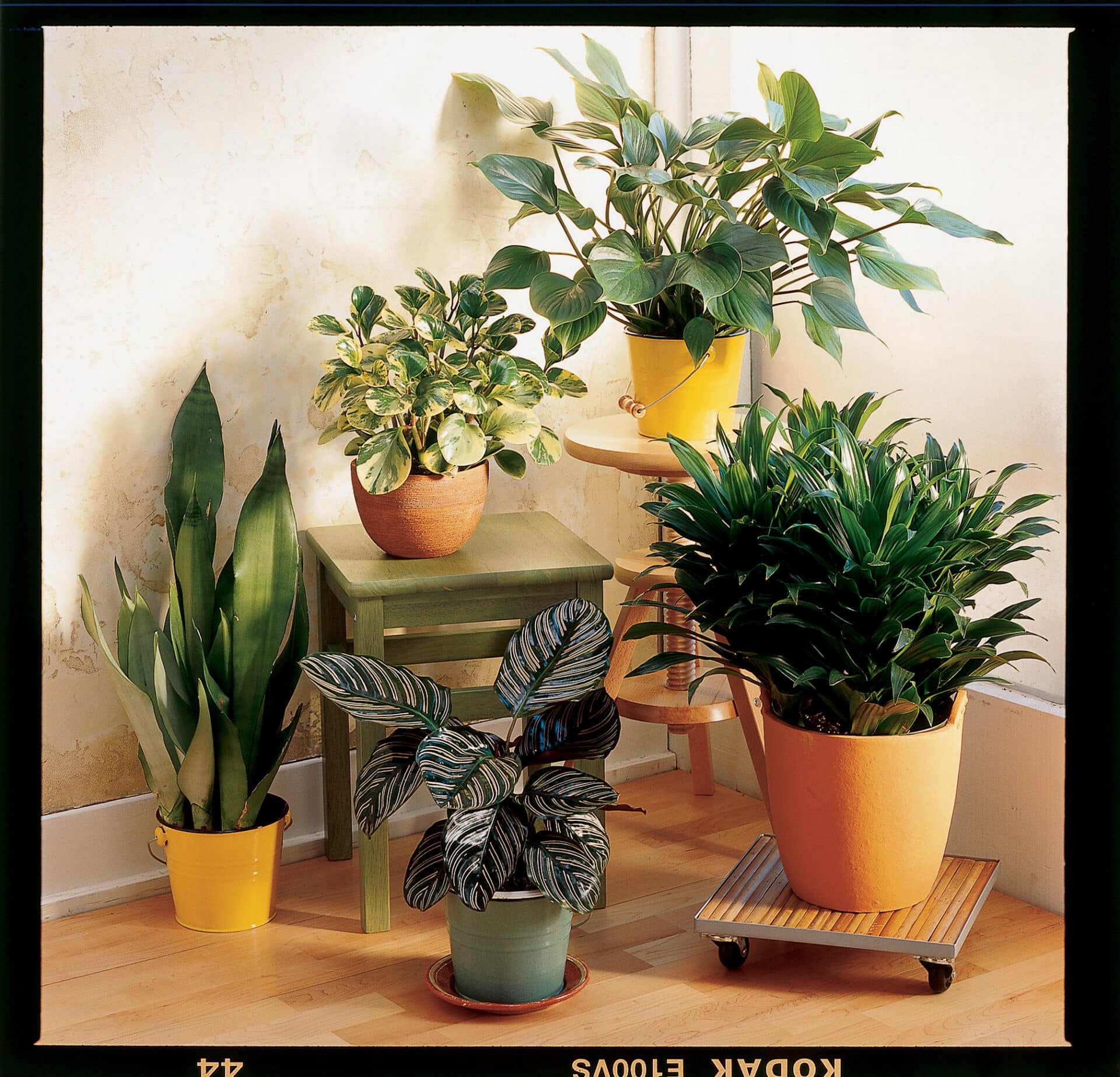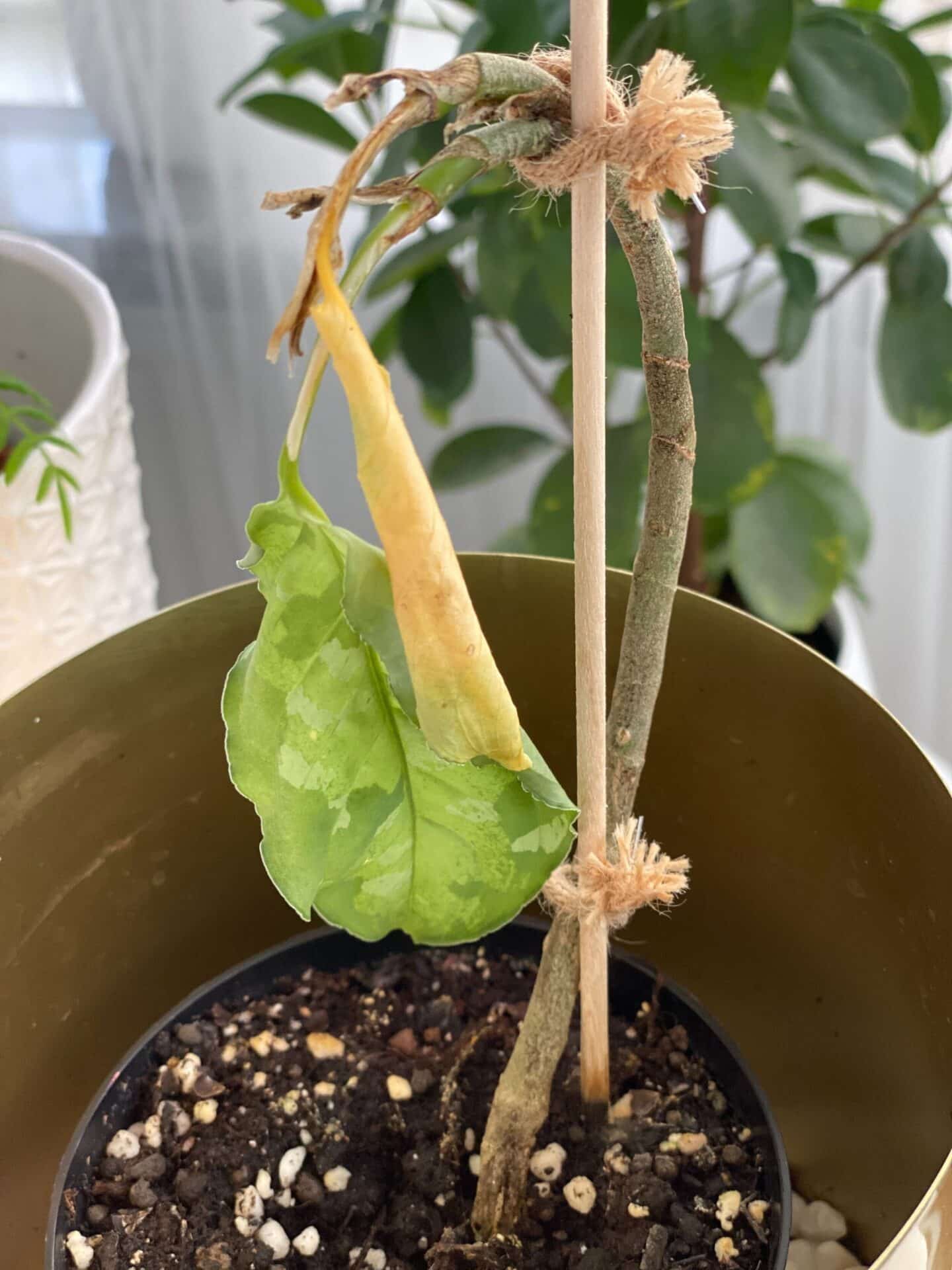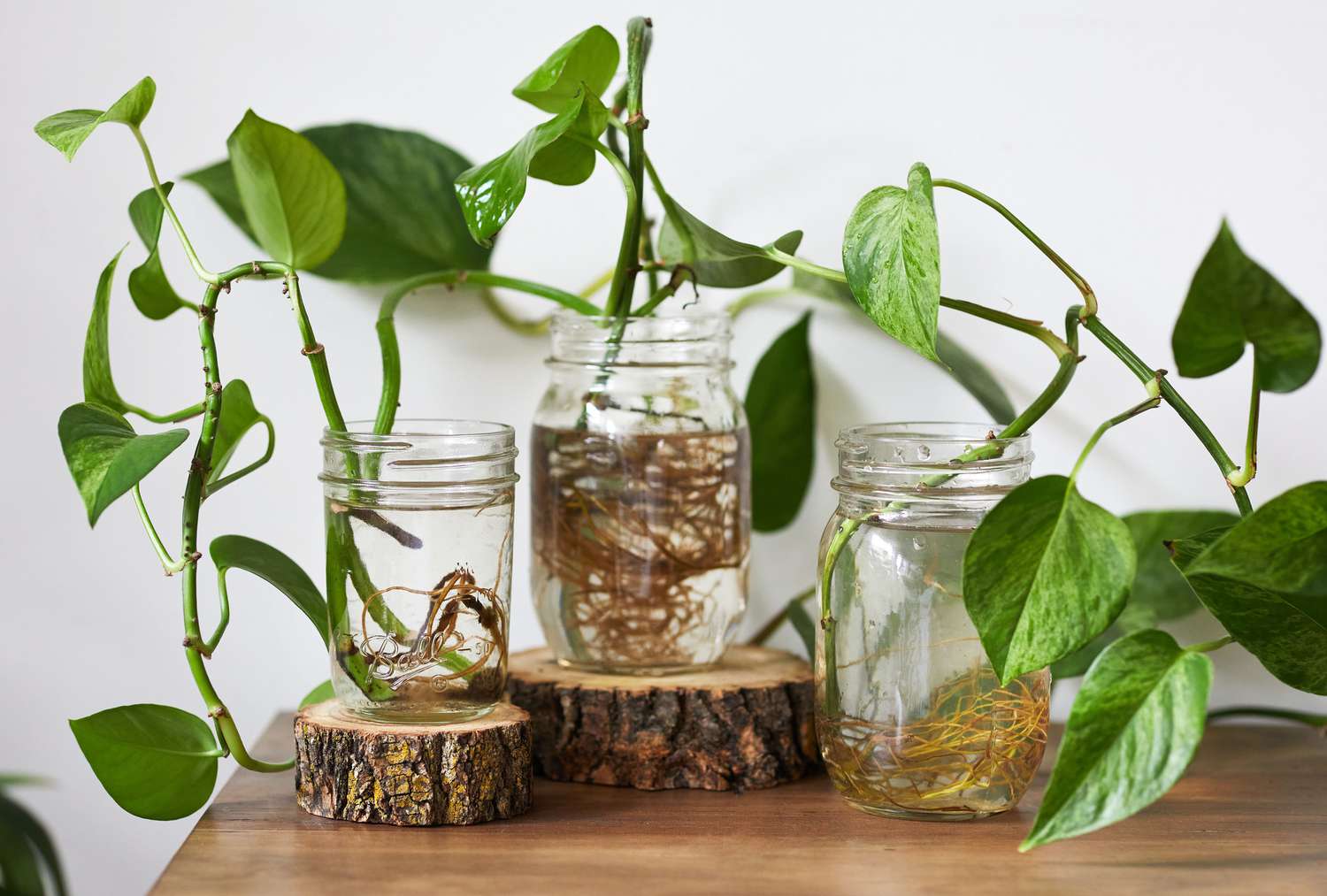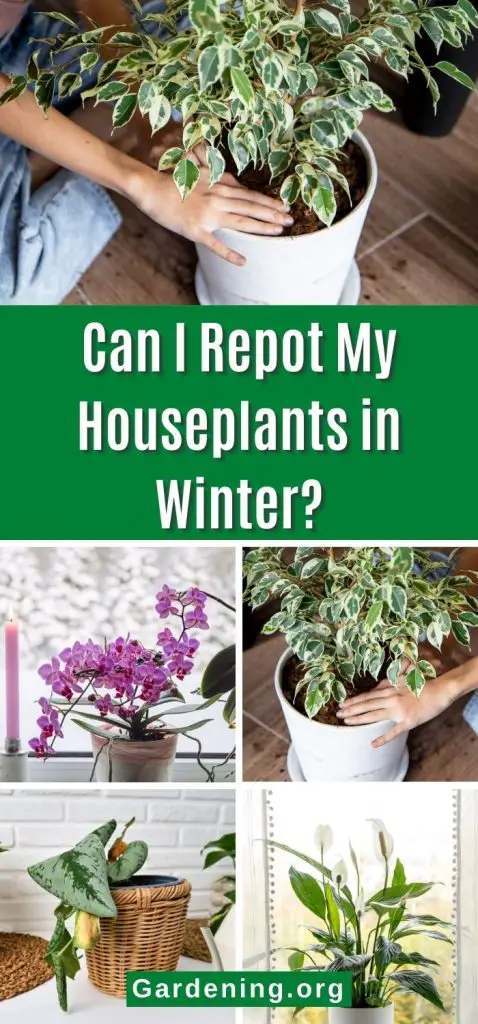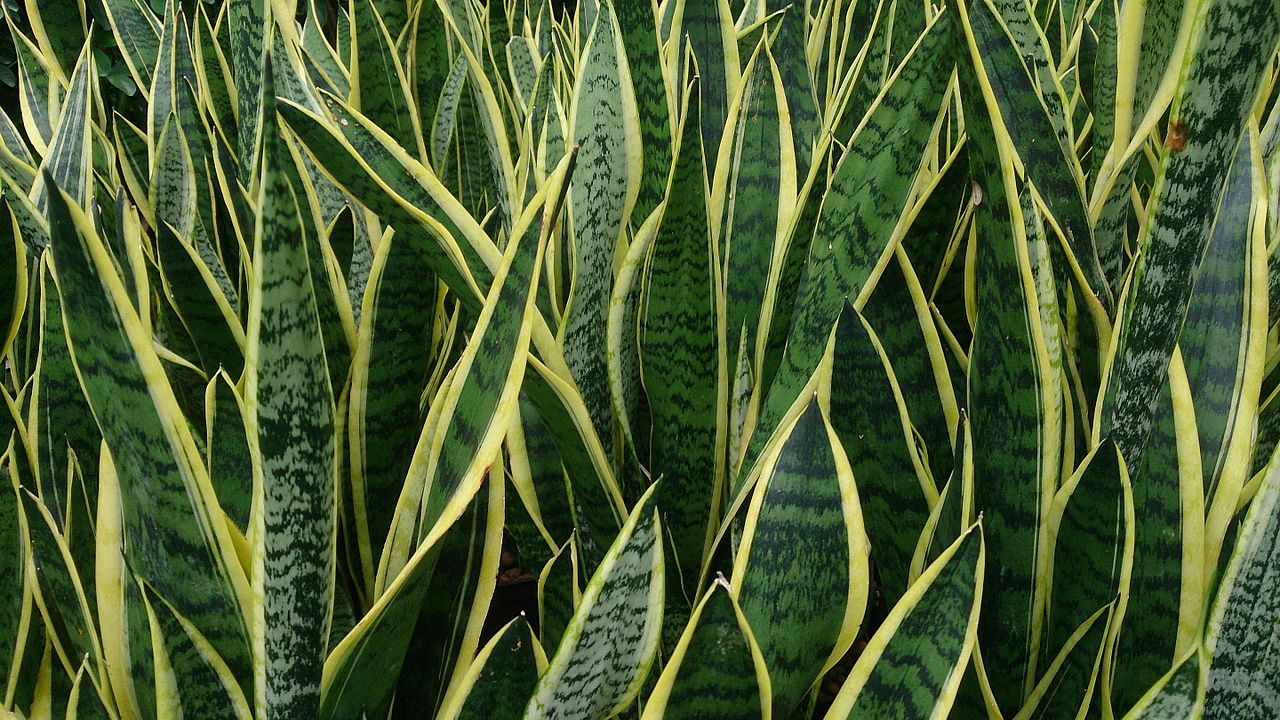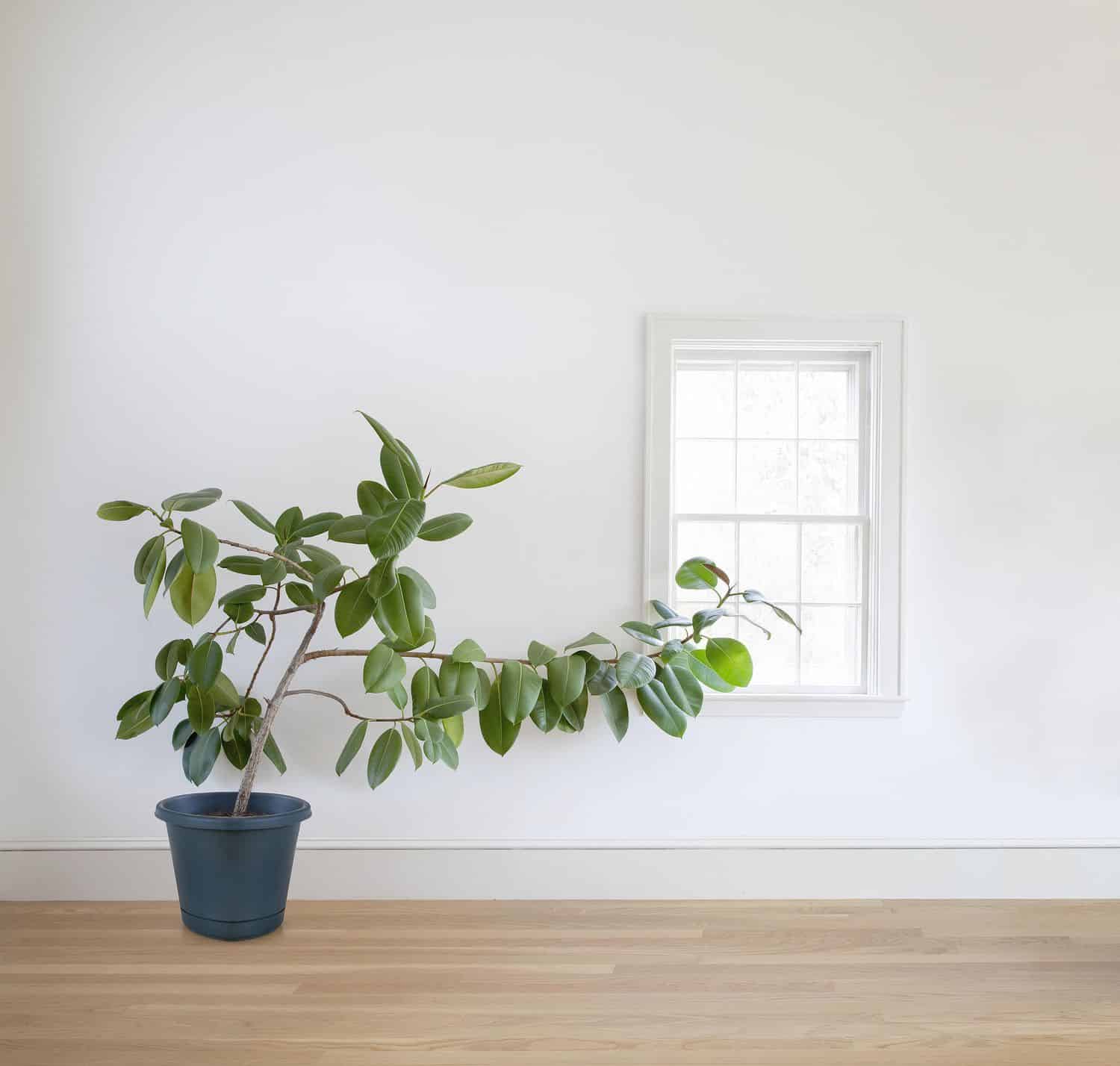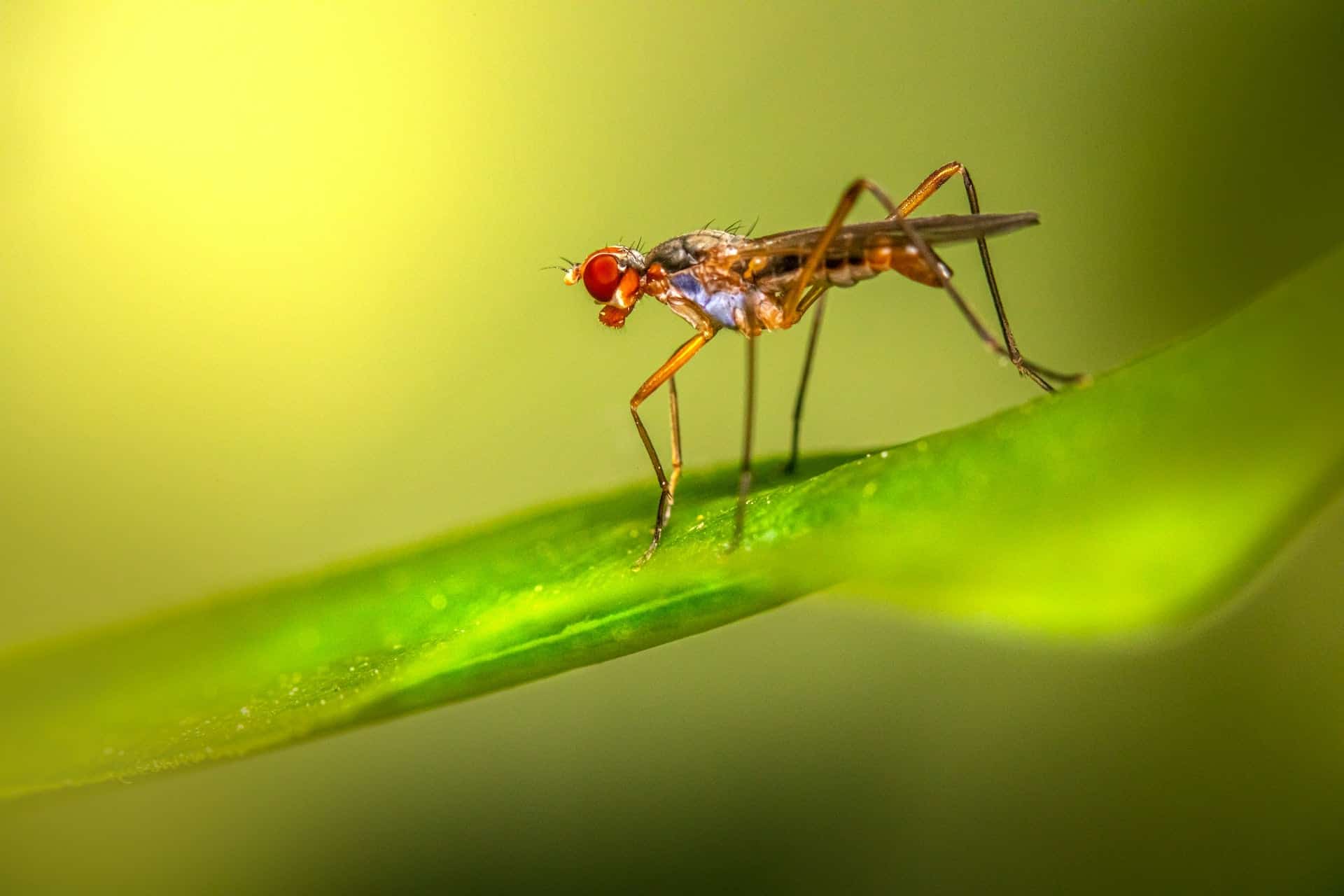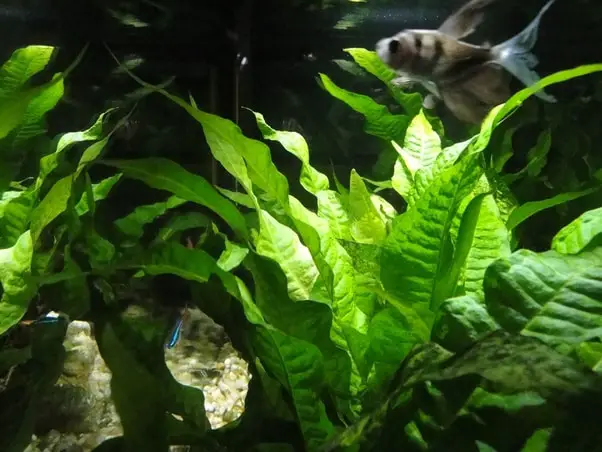Author: Md Saiful Islam
-
Which House Plants are Poisonous to Dogs: Essential Guide
Several house plants are poisonous to dogs, including lilies, aloe vera, and philodendrons. These plants can cause severe health issues if ingested. House plants add beauty to our living spaces, but some can be dangerous for our furry friends. Dog owners must be aware of which plants are toxic to prevent accidental poisonings. Lilies, for…
Categories: House Plants -
What Happens If a Potted Plant is Overwatered: Hidden Dangers
Overwatering a potted plant leads to root rot and reduced oxygen supply. The plant may eventually die if not corrected. Overwatering is a common mistake that many plant enthusiasts make. It often results from the misconception that more water equals a healthier plant. In reality, too much water can suffocate the roots, causing them to…
Categories: House Plants -
When is the Best Time to Water House Plants: Expert Tips
The best time to water house plants is in the early morning or late afternoon. This timing helps plants absorb water efficiently. Watering house plants at the right time of day is crucial for their health and growth. Early morning watering allows plants to absorb moisture before the heat of the day. Late afternoon watering…
Categories: House Plants -
House Plants That Can Be Grown in Water: Easy Indoor Greenery
Several house plants thrive in water, including pothos, lucky bamboo, and philodendron. These plants are easy to maintain and can brighten any space. Growing house plants in water offers several benefits. It eliminates the need for soil, reducing mess and potential pests. Water-grown plants are also easier to propagate, making it simple to expand your…
Categories: House Plants -
Is It Ok to Repot Houseplants in Winter?: Expert Tips & Advice
Repotting houseplants in winter is generally not recommended. Plants are dormant and less resilient during this period. Winter is a challenging time for houseplants due to reduced light and cooler temperatures. Repotting during this season can stress plants, potentially causing damage or stunted growth. It’s best to wait until spring or early summer when plants…
Categories: House Plants -
Is It Okay to Water House Plants at Night: Tips & Myths Debunked
Yes, it is okay to water house plants at night. Ensure the soil has proper drainage to avoid root rot. Watering house plants at night is a common practice among many plant enthusiasts. Nighttime watering can be beneficial as it allows plants to absorb moisture without the risk of rapid evaporation caused by daytime heat.…
Categories: House Plants -
Which House Plant Produces the Most Oxygen: Top Choices Revealed
The Areca Palm produces the most oxygen among house plants. It is effective at purifying indoor air. Areca Palm, also known as Dypsis lutescens, is a popular house plant. It not only enhances home aesthetics but also improves air quality. The plant releases high amounts of oxygen, making indoor spaces healthier. Areca Palm is easy…
Categories: House Plants -
Why Does House Plants Grow Towards the Window? Discover the Secret!
House plants grow towards the window because they seek light. This process is called phototropism. Plants need light to perform photosynthesis, which is essential for their growth and survival. Windows provide a natural source of sunlight, which indoor plants crave. As a result, they bend or grow towards the light source to maximize their exposure.…
Categories: House Plants -
What to Do If Your Houseplant Has Flies: Effective Solutions
To get rid of flies on your houseplant, remove decaying plant material and improve soil drainage. Use natural insecticides to treat infestations. Flies on houseplants can be a common nuisance for plant lovers. These tiny pests often indicate underlying issues with your plant’s care or environment. Poor soil drainage, overwatering, and decaying plant material can…
Categories: House Plants -
What House Plants Can Be Fully Submerged in Water: Top Picks
Certain house plants, such as Anubias, Java Fern, and Lucky Bamboo, can thrive fully submerged in water. These aquatic plants adapt well to water environments. House plants that can be fully submerged in water add a unique touch to your indoor space. Anubias and Java Fern are popular choices among aquatic plant enthusiasts. They are…
Categories: House Plants

